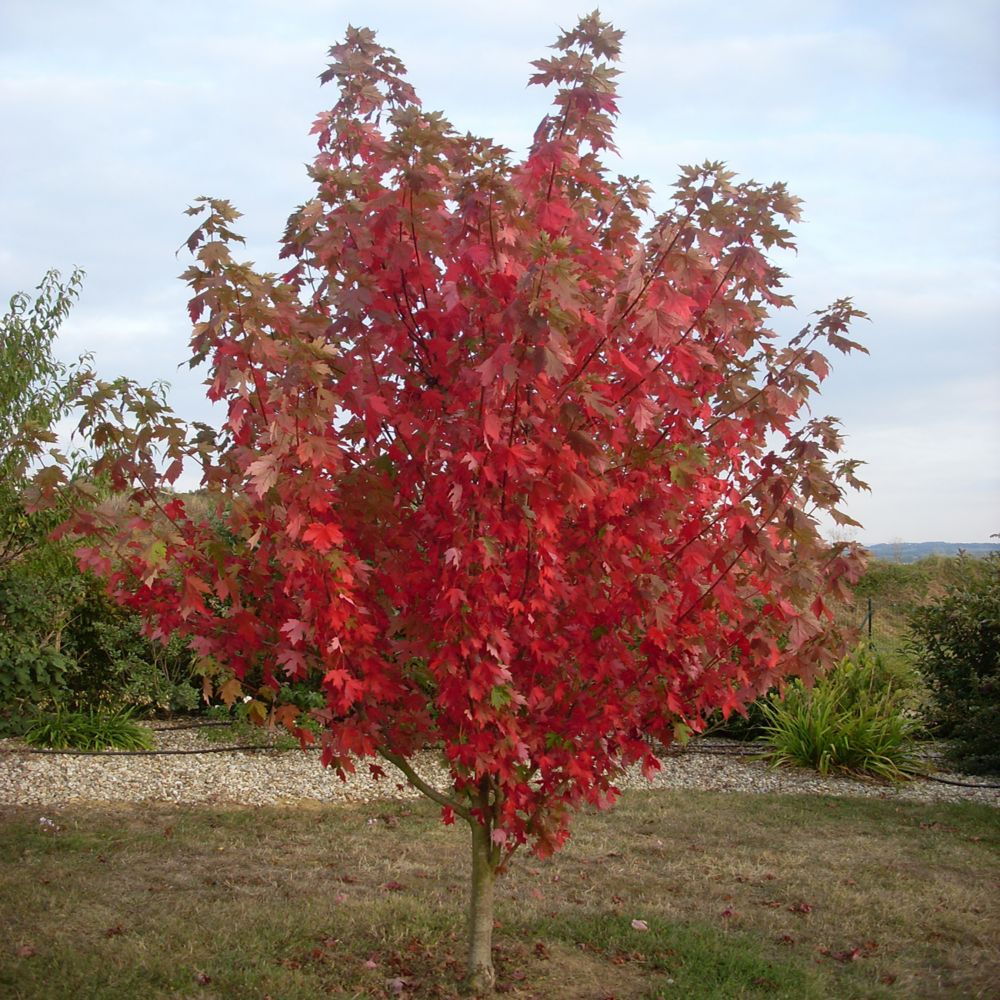

Branches and leaves nearer to the ground and toward the inside of the tree are more susceptible to infection from early spring’s wet weather. Anthracnose Photo Credit: Debra Roby / Flickr / CC BY 2.0Īffecting both maple tree leaves and branches, anthracnose becomes active during wet spring conditions. Not life-threatening to the tree only affects its appearance. Prevention is the best method clearing away infected leaves that have fallen to the ground also lessens the chance of maple spider mites and box elder bugs hiding and multiplying in the leaf litter. Symptoms: Begins as yellow spots on leaves before turning into black, tar-like spots.Leaves can have one to several spots of varying sizes at a time, which may lead to premature leaf drop. While not life-threatening, tar spot is a fungal infection that affects maple tree leaves. Tar Spot Photo Credit: Saforrest / Wikimedia Commons / CC BY-SA 3.0 Causes: Most common cause is the Phytophthora fungus other fungal causes are Fomes, Ganoderma, and Laetiporus.Symptoms: “Fruiting structures” forming on bark along trunk and roots in cases of Phytophthora, “bleeding” cankers appear on wood.This leads to a compromised vascular system the maple is not able to receive the water and nutrients it needs to survive.

Most common in wet, poorly drained soil areas, root rot attacks the healthy tissues of the plant. Root Rot Photo Credit: University of Wisconsin-Madison Plant Disease Diagnostics Clinic Remove infected trees to keep the disease contained.ģ. Season: Mostly late spring, early summer.Some trees recover others must be completely removed. Treatment: None other than prevention by protecting roots from damage.Causes: The fungus “ceratocystis virescens”.Symptoms: Smaller than normal leaves at the crown, discolored wood, and bald spots.Once inside, the sapstreak fungus prevents water and nutrients from reaching branches and leaves. It threatens sugar maples specifically, entering through damaged roots. Sapstreak gets its name from the dark staining that forms in a star-shaped pattern on the rings of a tree’s chopped trunk. Sapstreak Photo Credit: Manfred Mielke / Wikimedia Commons / CC BY 3.0 Mild to severely infected trees can live a long time, or die back slowly, while others need to be removed.Ģ. Risk Level: Low most maple trees will not contract verticillium wilt.Season: Summer, typically July and August.The best treatment is prevention through proper maintenance. In severe cases, remove the tree, fumigate the soil, and plant a wilt-resistant species in its place. Treatment: No cure, but some trees recover with proper care.Causes: Soil-based fungus “verticillium dahlia” or “verticillium albo-atrum”.Symptoms: Wilted, yellowing leaves on one side of the tree stunted leaf growth and defoliation discolored wood under the bark.Dead leaves will fall to the ground and the soil reabsorbs the fungal disease, potentially setting off a wider verticillium wilt infestation. When this happens, water and nutrients are unable to reach branches and leaves. Verticillium wilt is a fungal infection of the soil that penetrates tree roots and attacks a maple tree’s vascular (or circulatory) system. Here are some of the most common maple tree diseases from most to least serious: 1. And while most maple tree diseases are purely cosmetic, a few threaten the life of the tree. The best way to keep healthy trees is the prevention of disease through proper maintenance watering, fertilizing, and pruning. Maples are excellent shade trees, but unfortunately, like oaks, sycamores, and all other trees, they suffer from diseases. Their scientific name is Acer of the family Sapindaceae. Manitoba maples, also known as box elders, are native to southern Manitoba.There are as many maple tree species as Bubba Gump has ways of making shrimp silver maples, red maples, Japanese maples, Norway maples, etc. They thrive in moist soils and can be found in southern parts of British Columbia. Striped maples have vertical stripes on their bark. They have short, crooked trunks and shallow roots. Mountain maples grow from Saskatchewan to Eastern Canada. The twigs, buds, flowers and leaf stalks are usually bright red. Red maples have dense crowns, making them excellent shade trees. They have broad root systems.īigleaf maples have wide leaves that can extend up to 60 centimeters wide. They prefer several hours of direct sunlight each day.ĭouglas maples are found throughout the Rocky Mountains in Alberta. Silver maples are fast-growing trees that can sprout more than two feet per year. They grow along the deciduous forest region from Ottawa to Montreal. They’re indigenous to southern Ontario, Quebec and the Maritimes.īlack maples resemble sugar maples in size and shape. In the fall, their leaves turn a bright shade of red. Sugar maples can live for over 400 years and reach heights of more than 100 feet.


 0 kommentar(er)
0 kommentar(er)
